Did you know that 70% of consumers read catalogs they receive by mail? Or that consumers spend an average of 15 to 20 minutes with a catalog—as opposed to eight seconds with an email? Or that last year, Wayfair, the home furnishings e-commerce giant, introduced its first print catalog because, quoting company spokesperson Erin Moran, “We think that direct mail is a chance that gives us a valuable, immersive touch point where we can tell our brand stories and enhance the shopping experience for our customers.”
I didn’t. At least not until David Steinhardt, Idealliance President & Chief Executive Officer, introduced me to Daniel Barrett. Dan is Director of Customer & Market Insights at the United States Postal Service. His compelling research includes an analysis of direct-mail advertising and digital advertising, summarized in the PowerPoint presentation, “The Case for Marketing Mail.” Dan generously shared the presentation with David and me. We should all be familiar with its conclusions.
Advertising Trends
The first part of the presentation covers advertising trends. Dan cites an Emarketer.com study that forecasted a 16.4% increase in digital advertising for 2016, to $69.6 billion, or nearly 36.0% of the total paid advertising market. In comparison, direct mail is about 10.0% of total ad spending. Digital advertising’s biggest advantages are precise targeting based on extensive, real-time data on purchasing history, preferences, and behaviors, and immediate feedback on ad response rates.
Digital advertising’s biggest advantages are precise targeting based on extensive, real-time data on purchasing history, preferences, and behaviors, as well as immediate feedback on ad response rates. In addition, the growing amount of time people spend online (20.5 hours per week, on average, double that of a decade ago), the industry bias toward digital advertising, and their perception that mail is not “critical to overall marketing success,” also work in digital’s favor. But there are disadvantages, too, and that’s where the story takes a very interesting turn.
“Digital fatigue” is reducing response rates and encouraging consumers to ignore or block ads. And bots (web robots), software programs created to click on ads, are obscuring the accuracy of response rates. Among the evidence, Dan cites:
- On average, Internet users see 1,900 ads per month and consumers receive 520 emails per month.
- More than one-quarter of online ads are blocked, with blocking up more than 40% last year alone.
- As much as 37% of digital ad clicks are generated by bots, not humans interested in the ad.
- Half of mobile users never click on an ad. And half of the ads clicked are clicked on by accident.
- The average click rate for ads received via email: 1.7%.The average click rate for digital banner ads: 0.01%.
- The average click rate for digital banner ads: 0.01%.
Direct Marketing Rates Hold Steady
How does that compare with direct-mail advertising? Dan begins by dispelling two myths. First, the percent of direct mail read or scanned is not declining. Read rates are holding steady in the 55%–57% range and scan rates in the 21%–24% range, meaning better than three-quarters of direct mail is still read or scanned. Second, Millennials do not ignore the mail. Sixty-nine percent read marketing mail and 30% consider responding to direct-mail advertisements. The corresponding numbers for Baby Boomers are 67% and 29%.
He cites neuroscientific research that shows marketing mail is psychologically more engaging to consumers than digital advertising: “Digital ads seized consumer attention quicker, but physical ads held attention longer, elicited a greater emotional reaction, and played a more direct role in ultimate purchase decisions.”
He also quotes Richard Rushing, Vice President of Strategy and Analytics, Shaw + Scott:
“Brands with a compelling message or offer that link Marketing Mail and digital can expect a 10% to 30% uplift in conversion…when combining the two channels.”
And that brings us back to Wayfair’s first-ever printed catalog. The 775 items the catalog features are a fraction of the full line available at Wayfair.com. How were they selected? Not by committee, but by running algorithms on the company’s massive database of customer behaviors and preferences. Niraj Shah, Wayfair Cofounder, and Chief Executive explains the melding of print with state-of-the-art analytics this way: “We are using our proprietary data and insights to make the shopping experience more tangible while not limiting our customers’ access to selection and great prices.”
In other words, it all works together. That’s exactly what Idealliance State of the Industry research has been emphasizing for years. Communication is mutually reinforcing, not mutually exclusive. We communicate this way and that way, not this way or that way. Marketers must create programs that help brands communicate more effectively with their clients. Dan Barrett’s research and Wayfair’s decision to add a printed catalog prove direct mail can be an essential part of those programs.
This article originally appeared in Idealliance's Bottom Line magazine.







